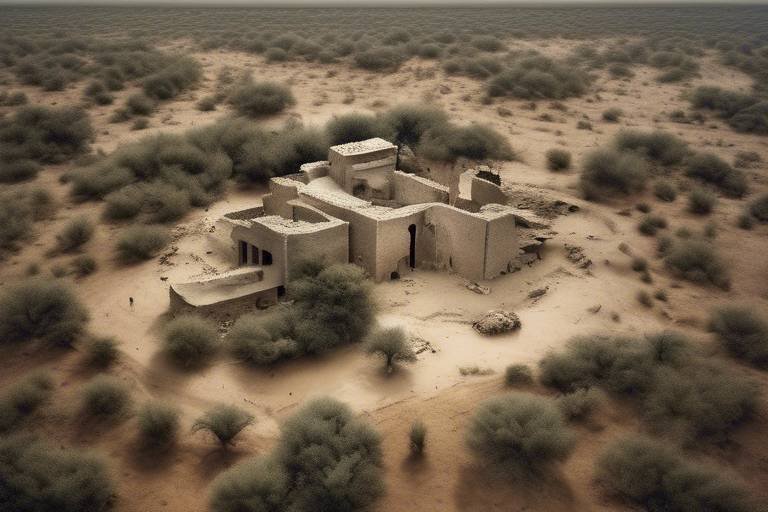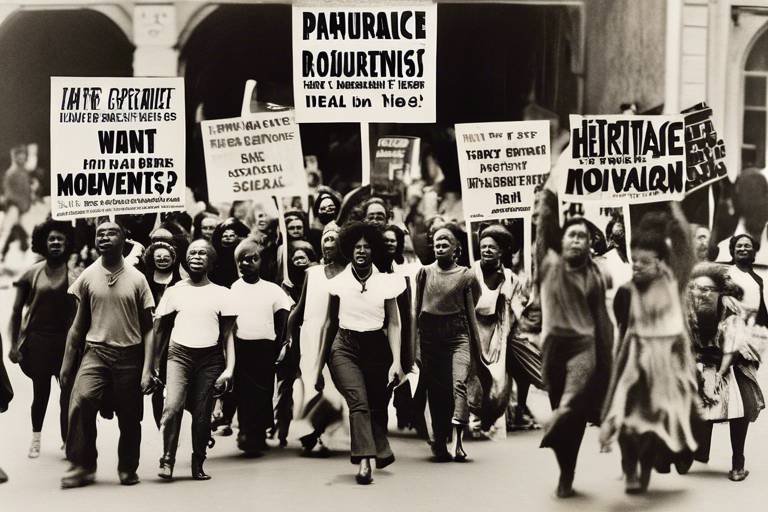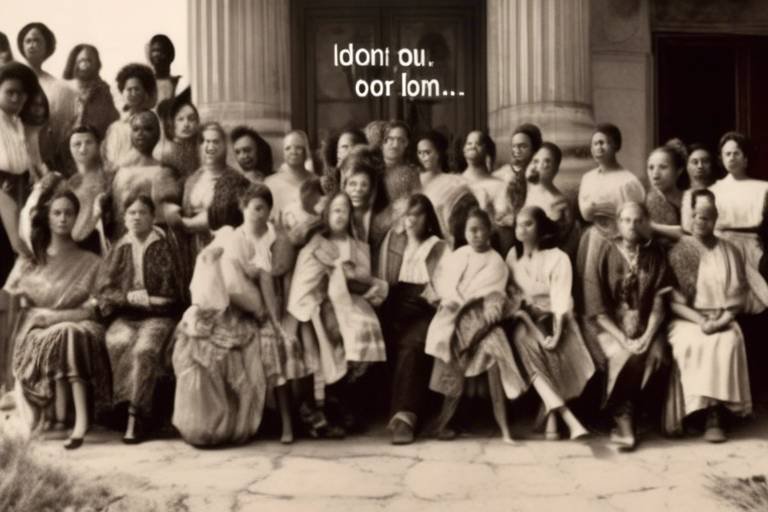How Social Media Influences Cultural Heritage Awareness
Social media has revolutionized the way we interact with and perceive cultural heritage. By harnessing the power of online platforms, individuals and communities can now share, preserve, and celebrate their rich cultural legacies like never before. From showcasing ancient artifacts to promoting traditional practices, social media plays a pivotal role in raising awareness and fostering appreciation for diverse cultural heritage around the globe.

Global Reach and Accessibility
Exploring the impact of social media on raising awareness and preserving cultural heritage, discussing its role in education, promotion, and community engagement.
When it comes to cultural heritage, social media acts as a powerful tool that transcends borders and connects people worldwide. Through platforms like Facebook, Instagram, and Twitter, individuals from different corners of the globe can access a myriad of cultural heritage sites, artifacts, and traditions with just a click. This global reach not only facilitates the sharing of diverse cultural experiences but also fosters cross-cultural appreciation and understanding.

Virtual Tours and Digital Exhibits
Virtual Tours and Digital Exhibits play a significant role in revolutionizing the way we experience and interact with cultural heritage. Through the power of technology, individuals can embark on virtual journeys to explore ancient ruins, historical sites, and renowned museums from the comfort of their own homes.
Imagine being able to wander through the majestic halls of the Louvre in Paris or walk among the ruins of Machu Picchu in Peru without stepping foot outside. Virtual reality and digital platforms have made this possible, offering immersive experiences that transport users to distant lands and bygone eras.
These digital exhibits not only provide a visual feast for the eyes but also offer in-depth information about each artifact, painting, or structure. Users can delve into the history, significance, and cultural context of each piece, gaining a deeper understanding and appreciation for the heritage being showcased.
Moreover, virtual tours and digital exhibits break down barriers to accessibility, allowing individuals with physical limitations or financial constraints to partake in cultural experiences they may have never had the opportunity to access otherwise. It democratizes cultural heritage, making it inclusive and available to a wider audience.
Furthermore, these digital platforms enhance engagement by offering interactive elements such as 360-degree views, audio guides, and even virtual reality simulations. Users can actively participate in the exploration, making the experience more personalized and memorable.
Overall, Virtual Tours and Digital Exhibits are transforming the way we engage with cultural heritage, making it more interactive, educational, and accessible to people around the world.
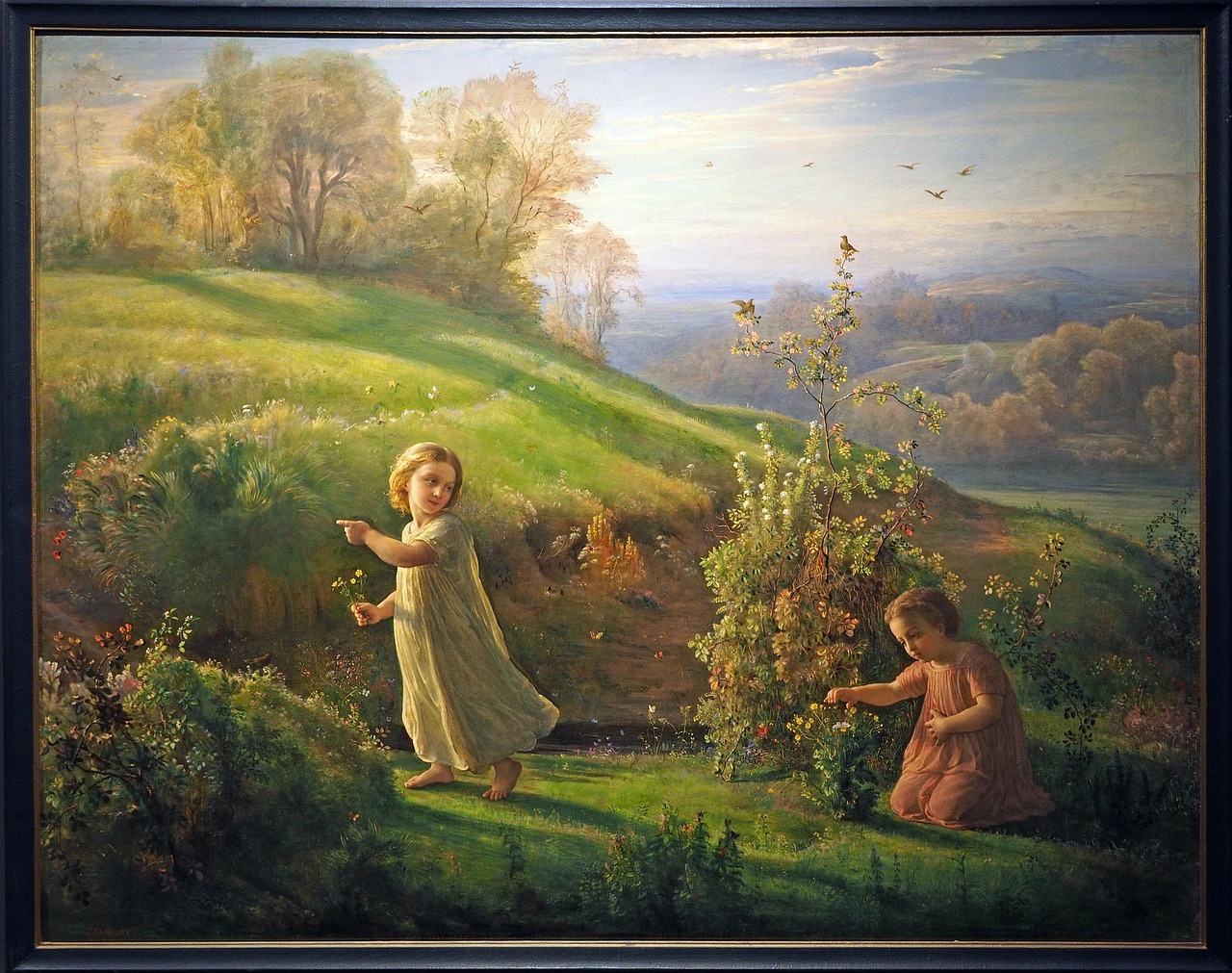
Community Engagement and Participation
Social media has revolutionized the way communities engage with and participate in the preservation and promotion of their cultural heritage. Through platforms like Facebook, Instagram, and Twitter, individuals can share stories, traditions, and knowledge with a global audience, creating a sense of connection and belonging. This digital space allows communities to showcase their unique heritage, sparking conversations and interactions that transcend geographical boundaries.
One of the key aspects of community engagement through social media is the ability to crowdsource information and memories related to cultural heritage. By encouraging active participation from community members, social media platforms become virtual repositories of cultural knowledge, preserving traditions that may otherwise be lost to time. Through collaborative efforts, individuals can collectively contribute to the documentation and celebration of their shared heritage.
Moreover, social media facilitates dialogue between different communities, fostering a spirit of mutual respect and understanding. By engaging in conversations about cultural heritage, individuals can learn from each other, challenge stereotypes, and celebrate diversity. This exchange of ideas and experiences enriches the cultural landscape, creating a tapestry of interconnected stories and traditions.
Additionally, social media empowers communities to organize events, campaigns, and initiatives aimed at preserving and promoting their cultural heritage. From virtual exhibitions to online workshops, these digital platforms provide a space for collective action and advocacy. By mobilizing support and resources through social media, communities can amplify their voices and effect positive change in the preservation of cultural heritage.
Overall, community engagement and participation through social media play a vital role in raising awareness and fostering appreciation for cultural heritage. By harnessing the power of digital connectivity, communities can unite in their efforts to safeguard and celebrate their rich traditions, ensuring that their cultural legacy continues to inspire future generations.
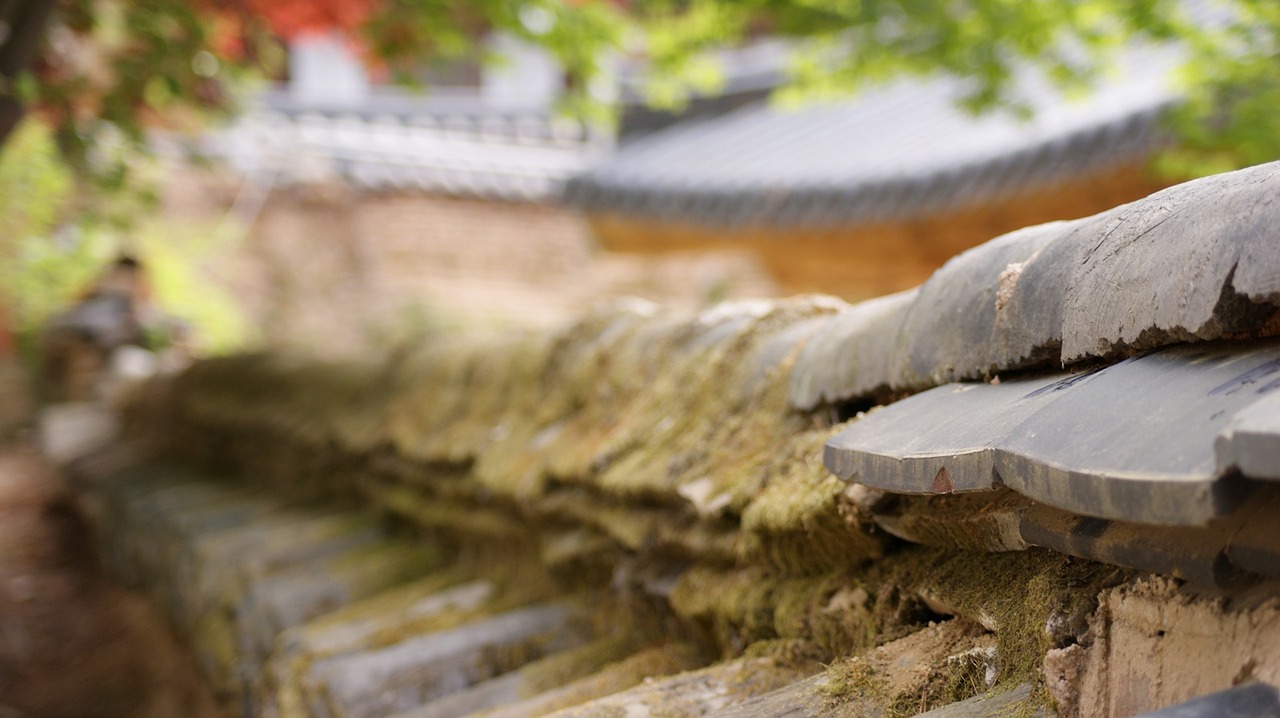
Challenges of Misinformation and Appropriation
Exploring the impact of social media on raising awareness and preserving cultural heritage, discussing its role in education, promotion, and community engagement.
Social media, despite its numerous benefits, also poses significant challenges when it comes to misinformation and cultural appropriation. In the vast realm of digital platforms, misinformation can easily spread like wildfire, distorting the narratives surrounding cultural heritage. This misinformation can lead to misconceptions, misinterpretations, and even the misrepresentation of cultural traditions and practices.
Cultural appropriation, another pressing issue, arises when elements of a particular culture are adopted by individuals outside of that culture without proper understanding, respect, or acknowledgment. Social media platforms can sometimes inadvertently perpetuate cultural appropriation through the sharing of content that lacks context or sensitivity towards the cultural significance of certain practices or symbols.
It is crucial to address these challenges by promoting authenticity, respect, and ethical representation of cultural heritage on social media. By encouraging users to fact-check information before sharing, fostering dialogue around cultural sensitivity, and amplifying authentic voices from within the communities, we can combat misinformation and appropriation effectively.
Stay tuned for the frequently asked questions section at the end of this article for more insights and answers to common queries related to the influence of social media on cultural heritage awareness.
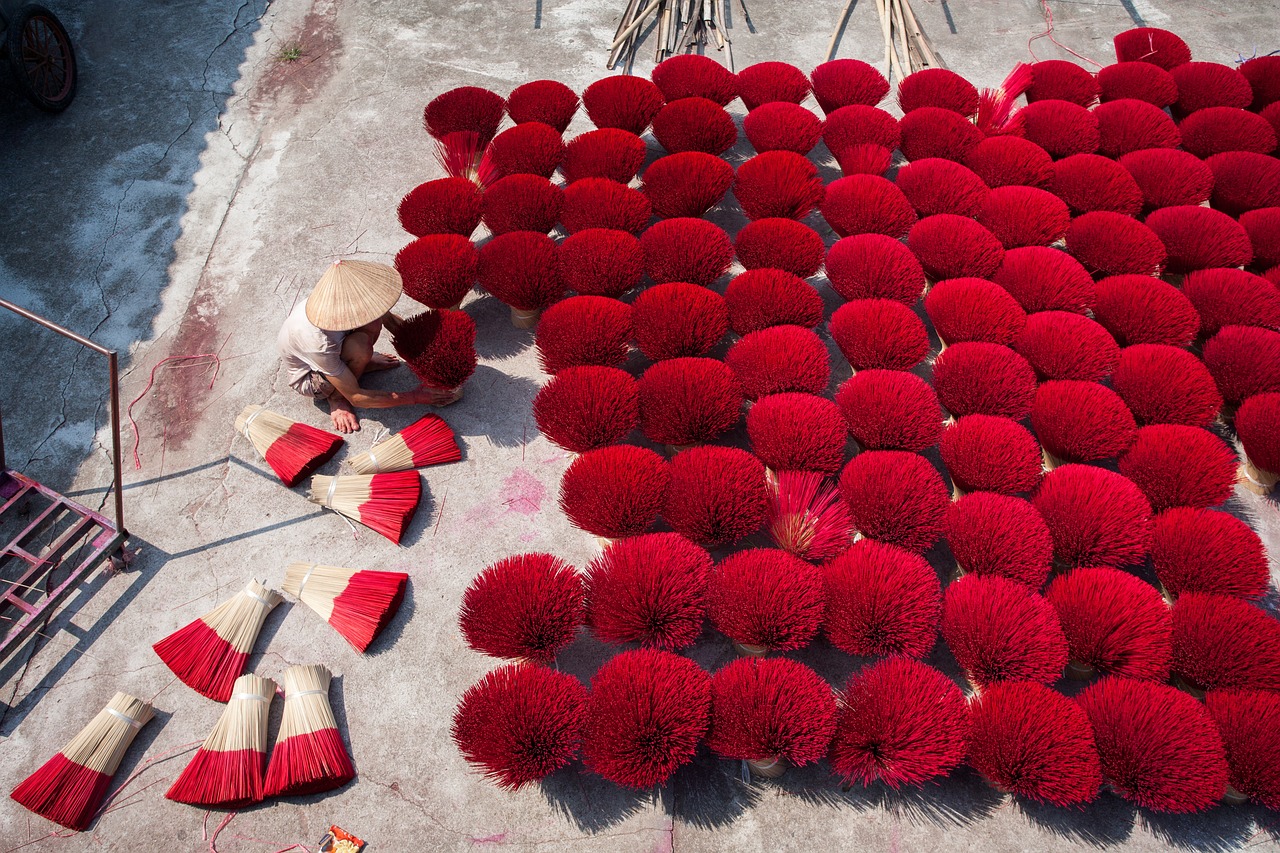
Youth Involvement and Education
When it comes to cultural heritage, involving the youth is crucial for its preservation and promotion. Social media plays a significant role in engaging younger generations in learning about and appreciating their cultural heritage. Through platforms like Instagram, TikTok, and YouTube, young people can explore diverse cultural traditions, historical sites, and artistic expressions from around the world.
Imagine a teenager in a bustling city scrolling through their feed and stumbling upon a video showcasing ancient ruins in a far-off land or a traditional dance performance steeped in centuries of history. These digital encounters spark curiosity, ignite a sense of wonder, and plant the seeds of cultural appreciation in the hearts of the youth.
Moreover, social media provides a space for young individuals to actively participate in conversations about their heritage. Whether through sharing personal stories, creating art inspired by their culture, or engaging in online discussions, the youth can contribute to the preservation and celebration of their cultural identity.
By leveraging the power of social media, educational initiatives aimed at the youth can be amplified and reach a wider audience. Virtual workshops, interactive quizzes, and storytelling sessions can make learning about cultural heritage fun and engaging, fostering a sense of pride and connection to one's roots.
Additionally, social media platforms offer opportunities for young creators to showcase their talents and express their cultural heritage through various forms of content. From fashion bloggers celebrating traditional attire to musicians blending modern beats with ancient melodies, the youth are shaping a vibrant tapestry of cultural expression in the digital realm.
Ultimately, by actively involving the youth in exploring and celebrating cultural heritage through social media, we are not only preserving the past but also nurturing a future generation that values diversity, heritage, and the rich tapestry of human history.
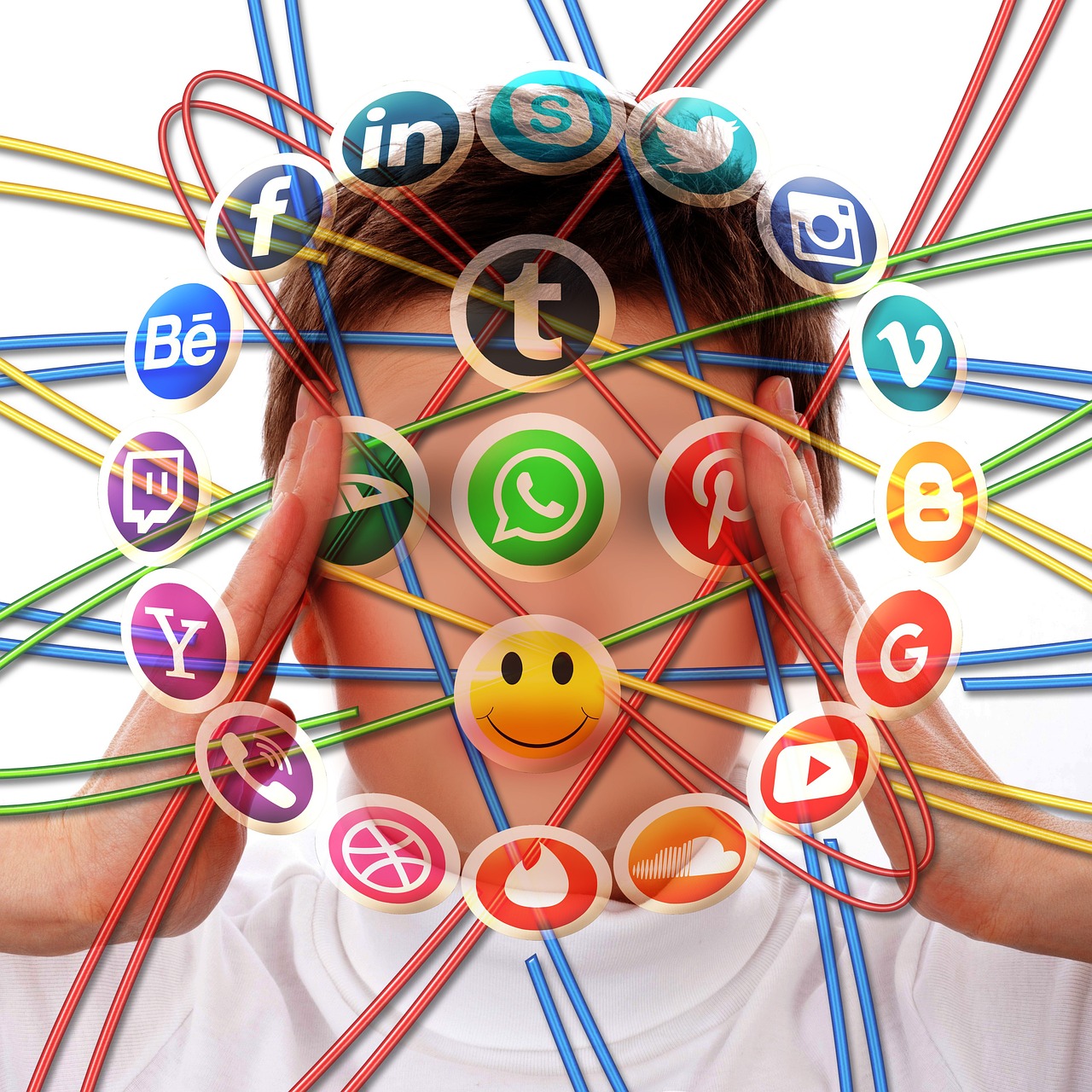
Influencer Marketing and Cultural Promotion
In today's digital age, social media influencers have become powerful advocates for cultural heritage promotion. These influencers, with their large followings and engaging content, play a significant role in raising awareness and appreciation for diverse cultural traditions and sites.
By collaborating with influencers who have a genuine interest in cultural heritage, organizations and institutions can reach a wider audience and spark interest in exploring different aspects of our shared history. These influencers act as cultural ambassadors, using their platforms to showcase the beauty and significance of various heritage sites, artifacts, and traditions.
Through strategic partnerships with influencers, cultural promotion efforts can gain momentum and visibility, reaching demographics that may not have been previously engaged with heritage-related content. Influencers bring a fresh perspective and storytelling approach that resonates with their followers, making cultural heritage more accessible and relatable.
Moreover, influencer marketing allows for creative and innovative ways to present cultural heritage, blending traditional knowledge with modern storytelling techniques. By leveraging the creativity and influence of content creators, cultural promotion campaigns can capture the attention of digital audiences and inspire them to explore, learn, and appreciate the richness of our collective heritage.
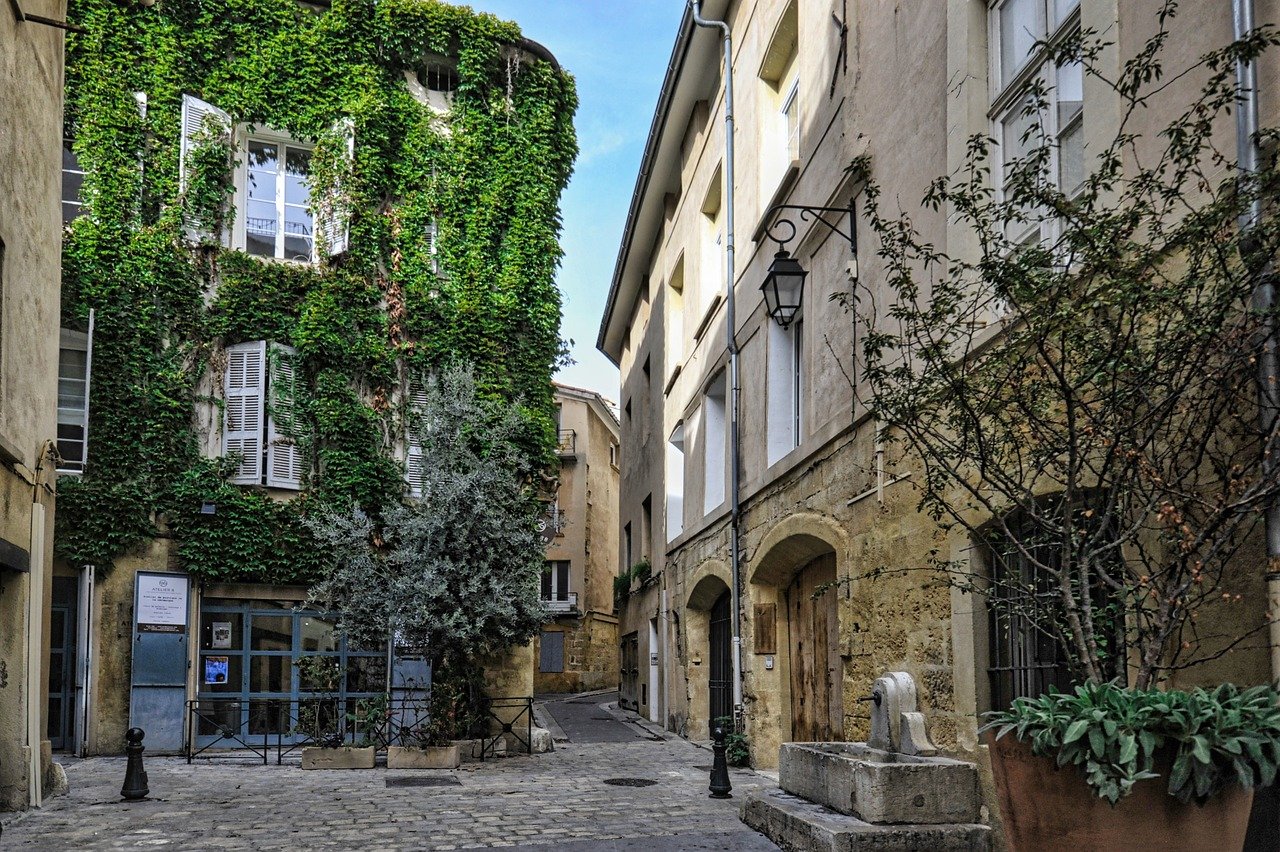
Collaborations with Institutions and Experts
Collaborations between social media platforms, cultural institutions, and experts play a crucial role in creating informative and engaging content that educates and inspires audiences about cultural heritage. By partnering with museums, archaeological sites, and academic experts, social media platforms can offer unique insights and behind-the-scenes access to cultural treasures. These collaborations enrich the online cultural experience, providing users with a deeper understanding and appreciation of heritage sites and artifacts.

Future Trends and Innovations
As we look towards the future of social media's influence on cultural heritage awareness, several trends and innovations are shaping the way we interact with and preserve our shared cultural past.
One notable trend is the rise of augmented reality (AR) and mixed reality experiences, which offer users the opportunity to engage with cultural heritage sites in entirely new ways. Imagine being able to walk through ancient ruins or explore a museum exhibit from the comfort of your own home, all through the lens of your smartphone or AR glasses. These immersive experiences not only make cultural heritage more accessible but also bring history to life in a way that traditional methods cannot.
Furthermore, the integration of artificial intelligence (AI) and machine learning algorithms is revolutionizing how we discover and interact with cultural heritage content on social media. These technologies can analyze vast amounts of data to personalize recommendations, curate content, and even reconstruct lost artifacts or historical sites. By harnessing the power of AI, social media platforms are able to offer users a more tailored and enriching experience when exploring cultural heritage.
Another emerging trend is the emphasis on interactive storytelling and user-generated content in showcasing cultural heritage. Platforms are increasingly encouraging users to share their own stories, memories, and interpretations of cultural sites, fostering a collaborative and inclusive approach to heritage preservation. By empowering individuals to contribute their perspectives, social media is evolving into a dynamic space where cultural narratives are co-created and shared among diverse communities.
Moreover, the growing focus on sustainability and ethical practices in cultural heritage promotion is shaping the future landscape of social media engagement. As awareness of environmental impact and cultural sensitivity grows, there is a greater emphasis on responsible tourism, conservation efforts, and respectful representation of heritage sites. Social media platforms are playing a crucial role in promoting sustainable tourism practices, advocating for heritage preservation, and fostering a sense of stewardship among users.
In conclusion, the future of social media's influence on cultural heritage awareness is marked by innovation, inclusivity, and sustainability. By embracing emerging technologies, fostering community participation, and upholding ethical standards, social media continues to be a powerful tool for preserving, promoting, and celebrating our rich cultural heritage.
Frequently Asked Questions
- What is the importance of social media in promoting cultural heritage awareness?
Social media plays a crucial role in raising awareness about cultural heritage by reaching a global audience and facilitating the sharing of diverse traditions and knowledge.
- How does social media contribute to community engagement in preserving cultural heritage?
Social media platforms enable communities to actively participate in preserving and promoting their cultural heritage by sharing stories, traditions, and historical insights with a wider audience.
- What are the challenges associated with misinformation and cultural appropriation on social media?
One of the main challenges is the spread of misinformation and the risk of cultural appropriation, emphasizing the importance of authentic representation and respectful engagement with cultural heritage.
- How does social media engage younger generations in learning about cultural heritage?
Social media platforms engage younger generations by providing interactive and educational content that fosters a sense of identity, pride, and connection to their cultural heritage.
- What role do influencers and content creators play in promoting cultural heritage through social media?
Influencers and content creators leverage their reach and influence to raise awareness and support preservation efforts by showcasing and celebrating cultural heritage through engaging content.
- How do collaborations between social media platforms and cultural institutions benefit cultural heritage awareness?
Collaborations between social media platforms and cultural institutions help create informative and engaging content that educates and inspires audiences while leveraging expertise to preserve and celebrate cultural heritage.
- What are some emerging trends and technologies in social media that impact the sharing of cultural heritage?
Emerging trends and technologies in social media continue to shape how cultural heritage is shared, preserved, and celebrated, offering innovative ways to engage audiences and showcase heritage sites.










